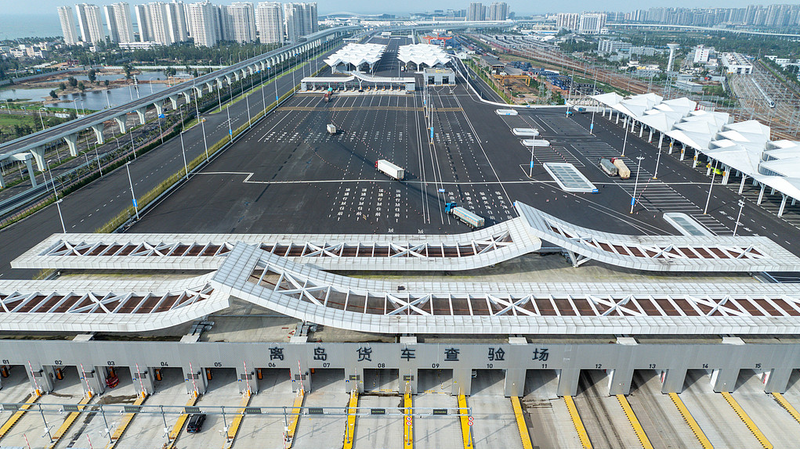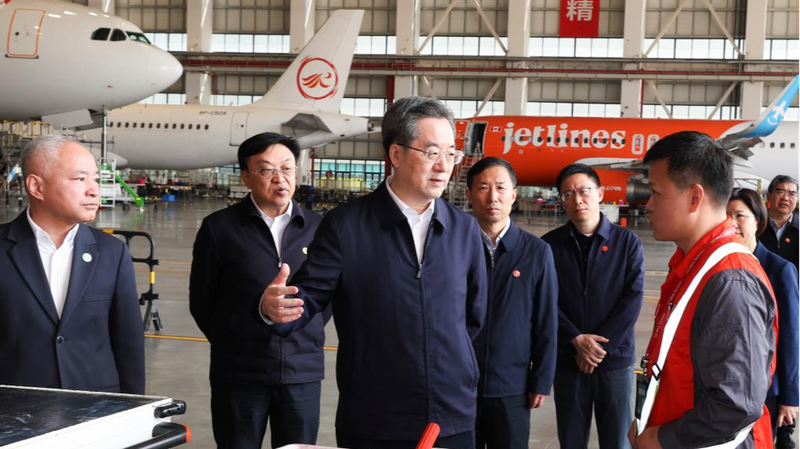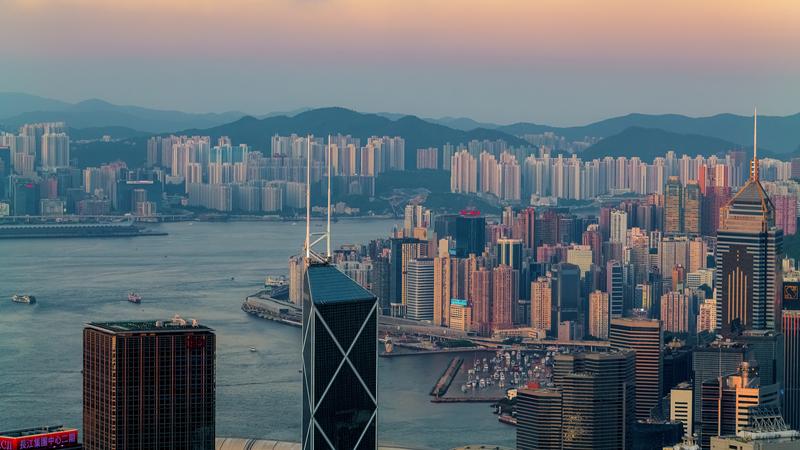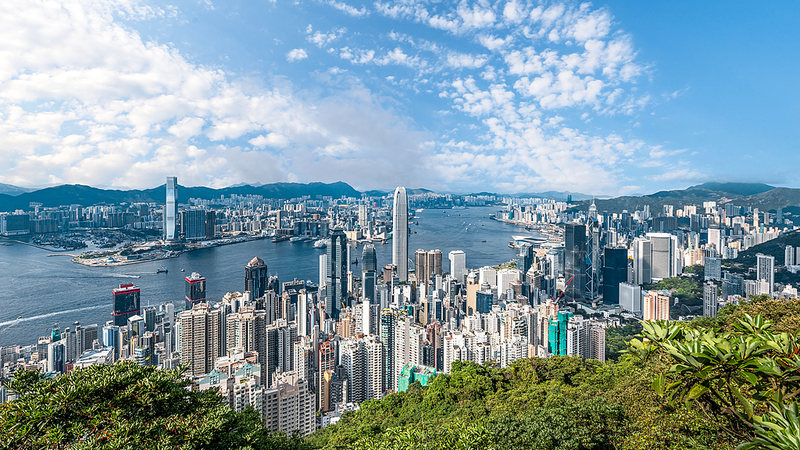As global economic rules undergo seismic shifts, China’s Hainan Free Trade Port is emerging as a bold experiment in "institutional opening-up"—a model blending innovation with security to redefine global trade. Think of it as a giant sandbox where China tests policies that could reshape everything from digital commerce to green energy. 🚀
Why Hainan Matters in 2025
With its "zero tariff" policies and 15% income tax cap (lower than Singapore or Hong Kong!), Hainan is luring global businesses like a magnet. By 2025, the port aims to launch independent customs operations, streamlining cross-border flows while safeguarding security through AI-powered "smart supervision." For young entrepreneurs, this means cheaper access to high-tech gear and a gateway to Asia-Pacific markets. 💼
Digital & Green: The New Trade Playbook
Hainan isn’t just about goods—it’s pioneering data governance with "electronic fences" for secure cross-border data flows. Its digital bonded zones are attracting giants like Tesla, while a new carbon trading hub could turn the island into a "clean energy lab" for the world. 🌱⚡️
Global South’s Rulebook?
Experts say Hainan’s balance of openness and control offers a template for developing nations navigating today’s "trust deficit" in global trade. By aligning with agreements like DEPA, China’s pushing for rules that prioritize shared growth over zero-sum games. As one researcher put it: "This isn’t just China’s port—it’s a window into tomorrow’s economy." 🔍
Reference(s):
Experts: Hainan Free Trade Port exemplifies institutional opening up
cgtn.com








